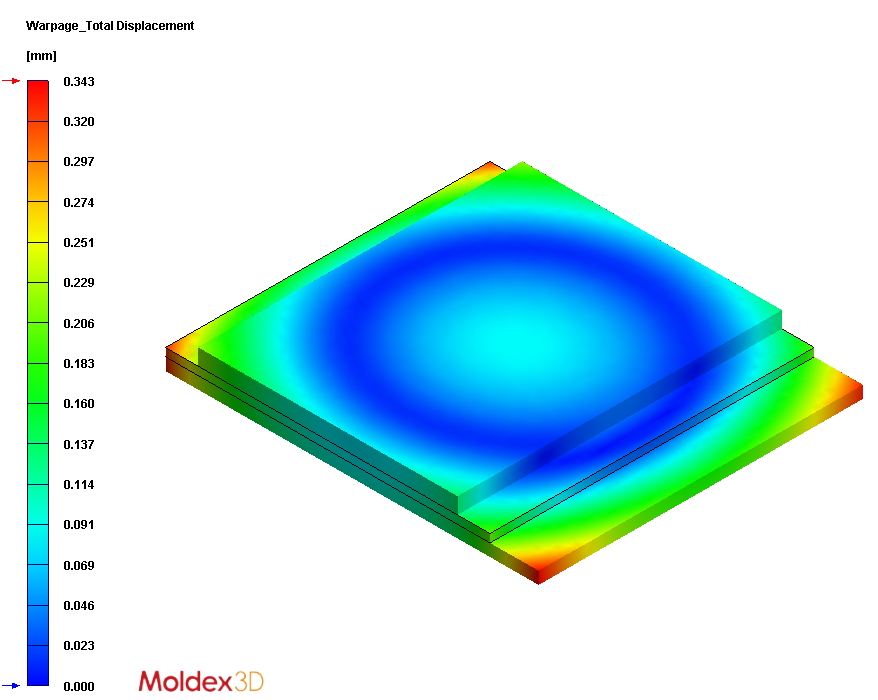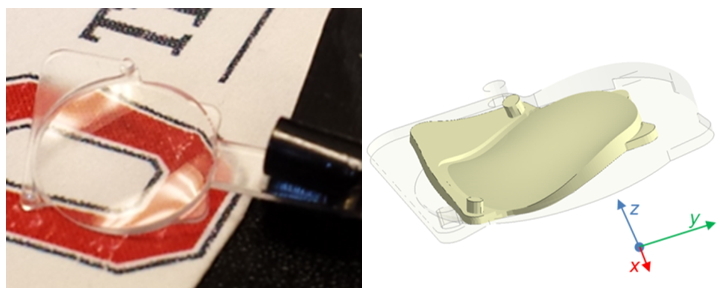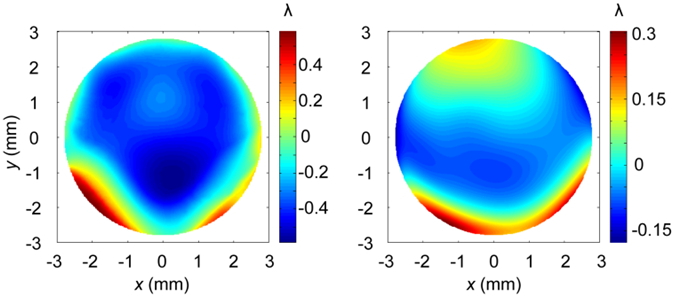Date | 2017/01/26
GARMIN Reduced Thousands of Dollars Cost by Improving Watch Product Warpage through Moldex3D
 |
|
As a leading worldwide provider of navigation, GARMIN is committed to making superior products for automotive, aviation, marine, outdoor and fitness markets that are an essential part of the customers’ lives. (Source: http://www.garmin.com/en-US/)
Executive Summary
Waterproof is a key function in Garmin’s product design. The molding scenario has to be accurately set in order to control product deformation, air traps and product size. If the product size is not properly controlled, the watch will tend to leak under high pressure environment because of deformation. Thus, Garmin Corporation decided to utilize Moldex3D to find the optimal product design to improve waterproof.
Challenges
- Part warpage
- Poor waterproof due to warpage
Solutions
Utilizing Moldex3D Professional Package to obtain the optimum process settings in order to successfully improve the product’s warpage problems
Benefits
- Reduced 2 or 3 mold revision times
- Saved NTD$200,000 ~ NTD$300,000 worth of mold revision costs
- Reduced 40,000pcs of the product capacity lost
- Improved warpage by 75%
- Improved the waterproof yield rate by 15%
Case Study
The objective of this case is to determine the gate location of a GPS watch in order to reduce the warpage problems in the middle of the part. The warpage of the original design is about 0.4mm. Garmin utilized Moldex3D to simulate the molding scenario of the original design. Through Moldex3D simulation results, Garmin found out that using traditional injection molding method, high warpage would occur in the middle of the part. This molding defect would have a direct negative impact on the product’s functionality and physical appearance. Thus, in order to solve this problem and produce high-quality products, Garmin decided to change the gate design. Therefore, they proposed two new designs of revising the gate location (Fig. 1).
![garmin-reduced-thousands-of-dollars-cost-by-improving-watch-product-warpage-through-moldex3d-1]()
Fig. 1 The gate design revisions, Option A & B compared to the original design
After the design changes, Garmin used Moldex3D to simulate the original design and the revised designs. The analysis results of the original product design showed (Fig. 2) the Z-axis warpage would reduce from 0.36mm (original) to 0.06mm (Option-B). And the actual mold trial results showed the warpage would reduce from 0.4mm (original) to 0.1mm (Option-B). Furthermore, Garmin found that Moldex3D simulation analysis results were strongly correlated with the results of the actual mold trials (Fig. 3).
![garmin-reduced-thousands-of-dollars-cost-by-improving-watch-product-warpage-through-moldex3d-2]()
Fig. 2 The Z-axis warpage simulation results of 3 designs
![garmin-reduced-thousands-of-dollars-cost-by-improving-watch-product-warpage-through-moldex3d-3]()
Fig. 3 The Z-axis warpage mold trials of the original and the optimized design
Results
Through Moldex3D, Garmin was able to evaluate how molding scenario affected concentricity and flatness of a watch under different gate locations and numbers. Thus, Garmin could successfully improve the flatness as well as assembly yield rate and waterproof rate. Moldex3D’s 3D mesh technology also made the simulation results more consistent with the actual results in manufacture. Ultimately, Garmin was able to decide the optimal design within limited development time, avoid repetitive mold trials, and reduce costs.






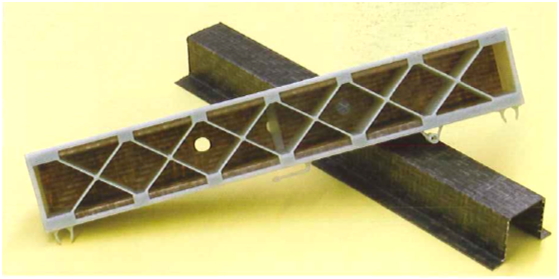
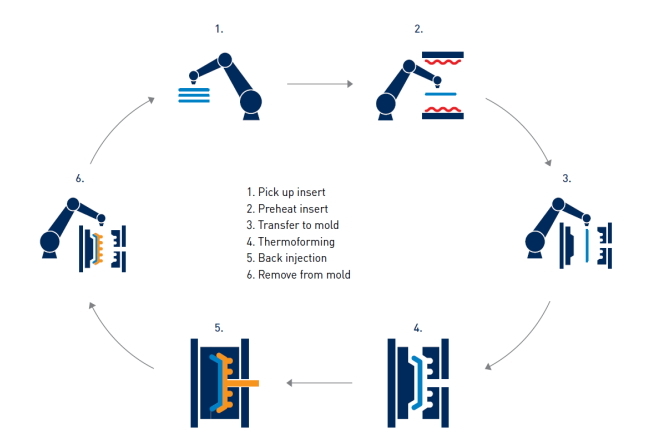
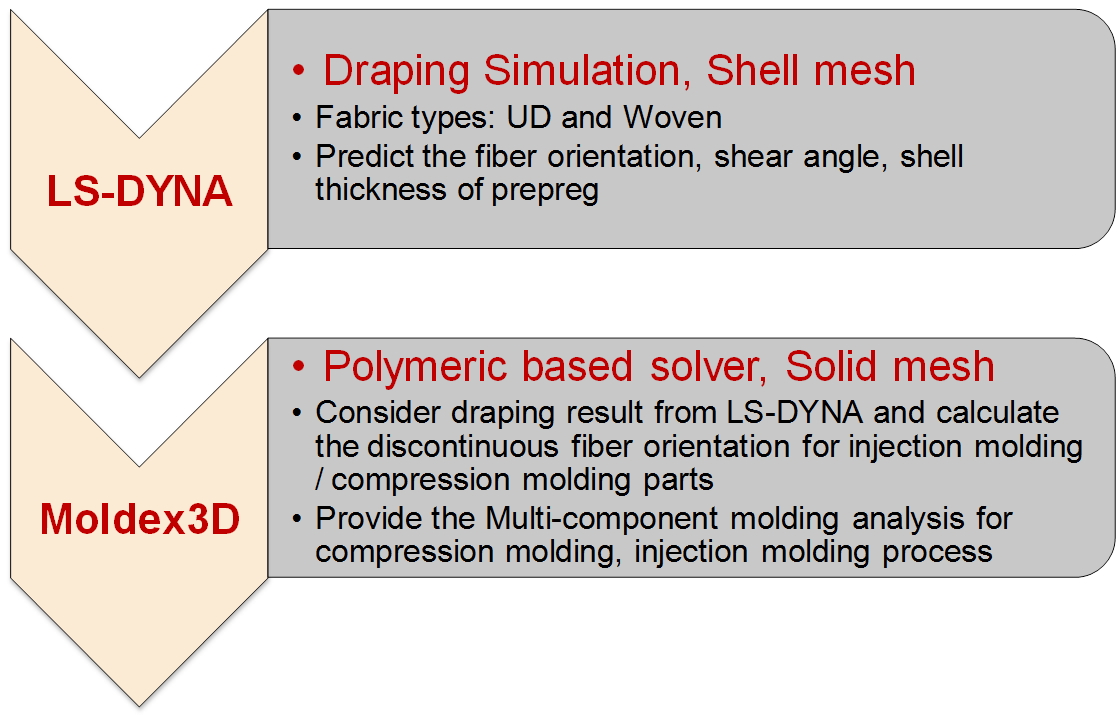
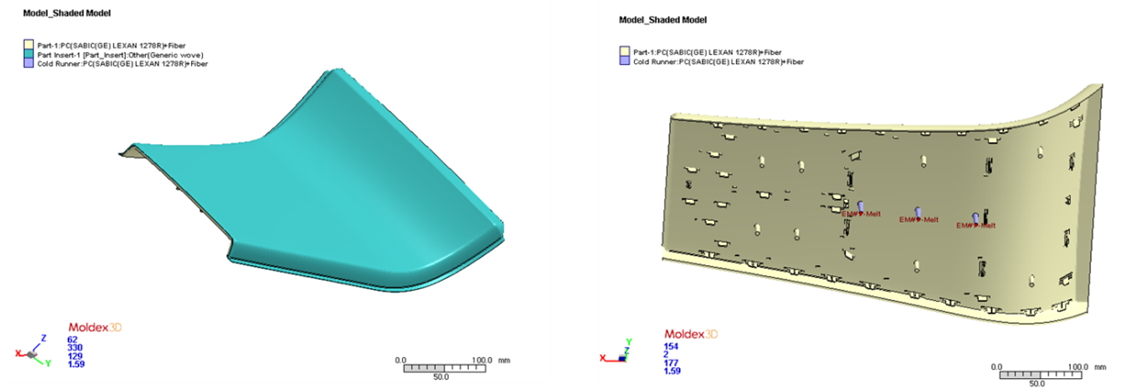
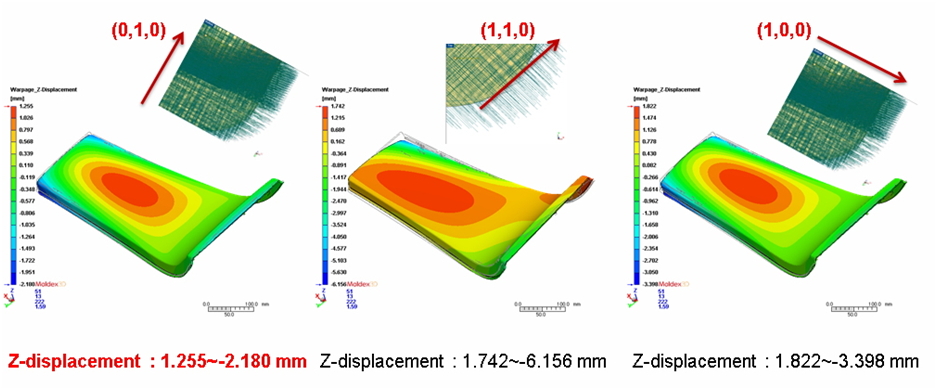
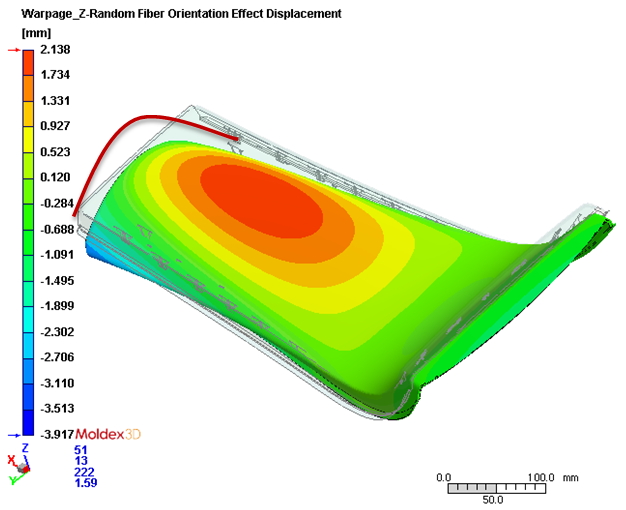






















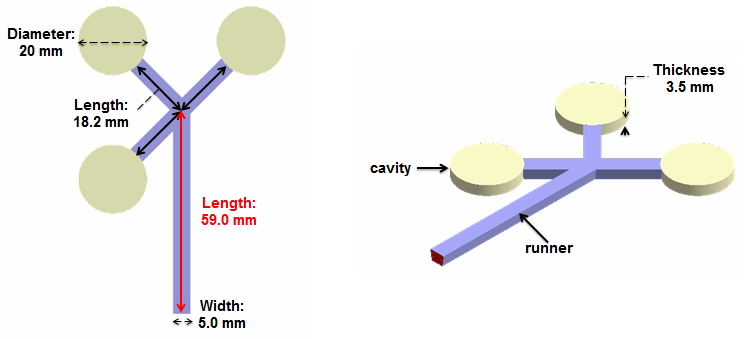
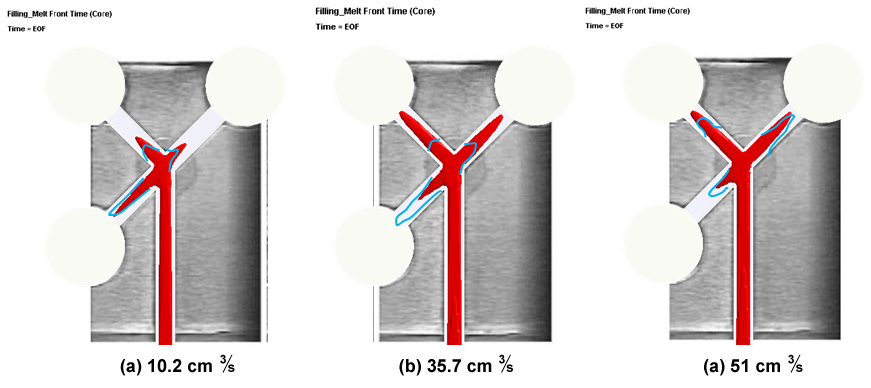




 Create property and select the target part insert mesh, and specify the property name and two directions of principle axis. By expanding the dialog, users can modify mechanical and expansion parameters in each axis direction.
Create property and select the target part insert mesh, and specify the property name and two directions of principle axis. By expanding the dialog, users can modify mechanical and expansion parameters in each axis direction.
 Import property, select target material data, and select a part insert mesh to assign it.
Import property, select target material data, and select a part insert mesh to assign it. Delete property and select a property item to remove it.
Delete property and select a property item to remove it.
 to go back to Project. User-defined properties will be checked. Then, click OK to finish the settings and run analysis.
to go back to Project. User-defined properties will be checked. Then, click OK to finish the settings and run analysis.


